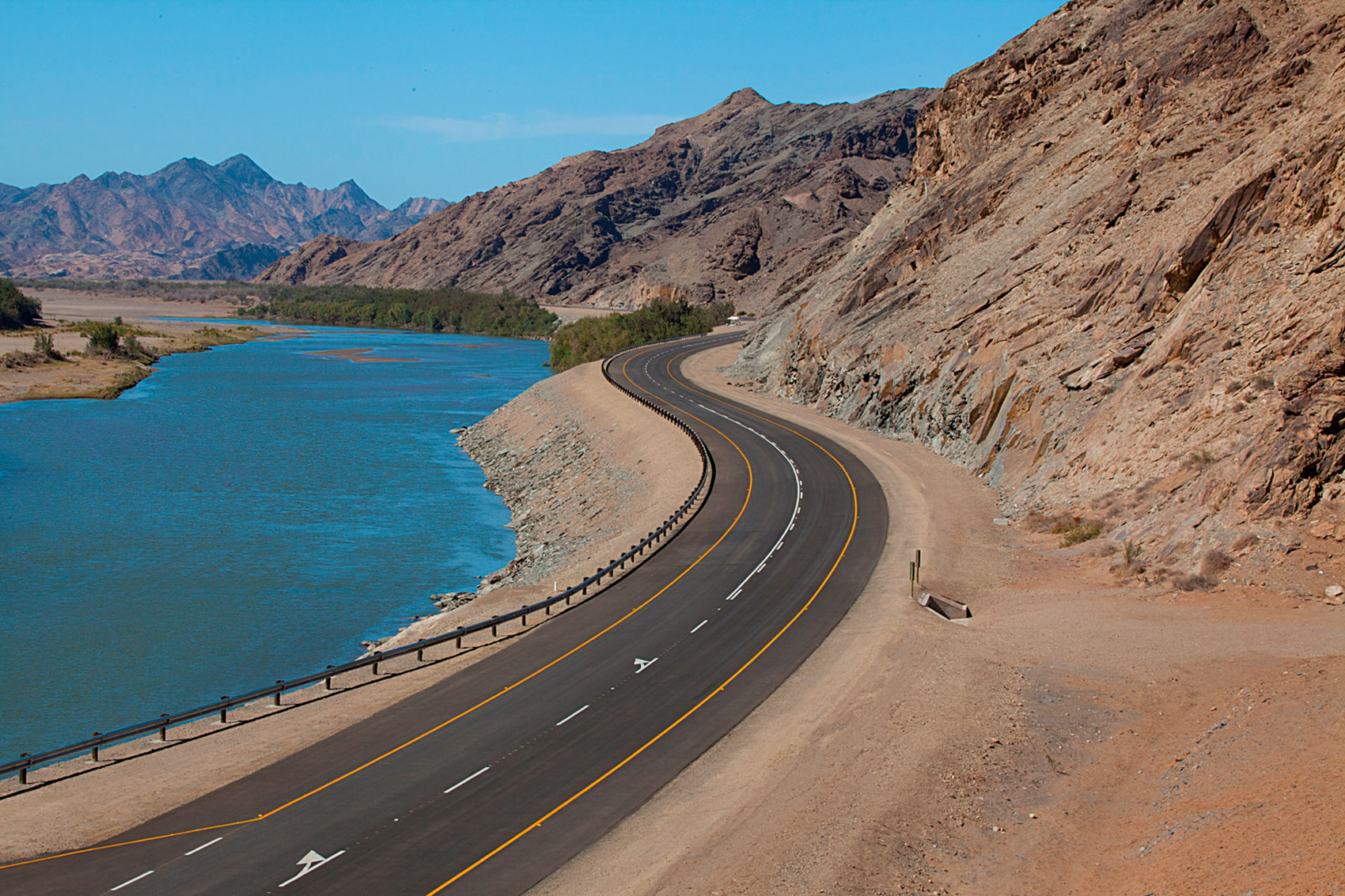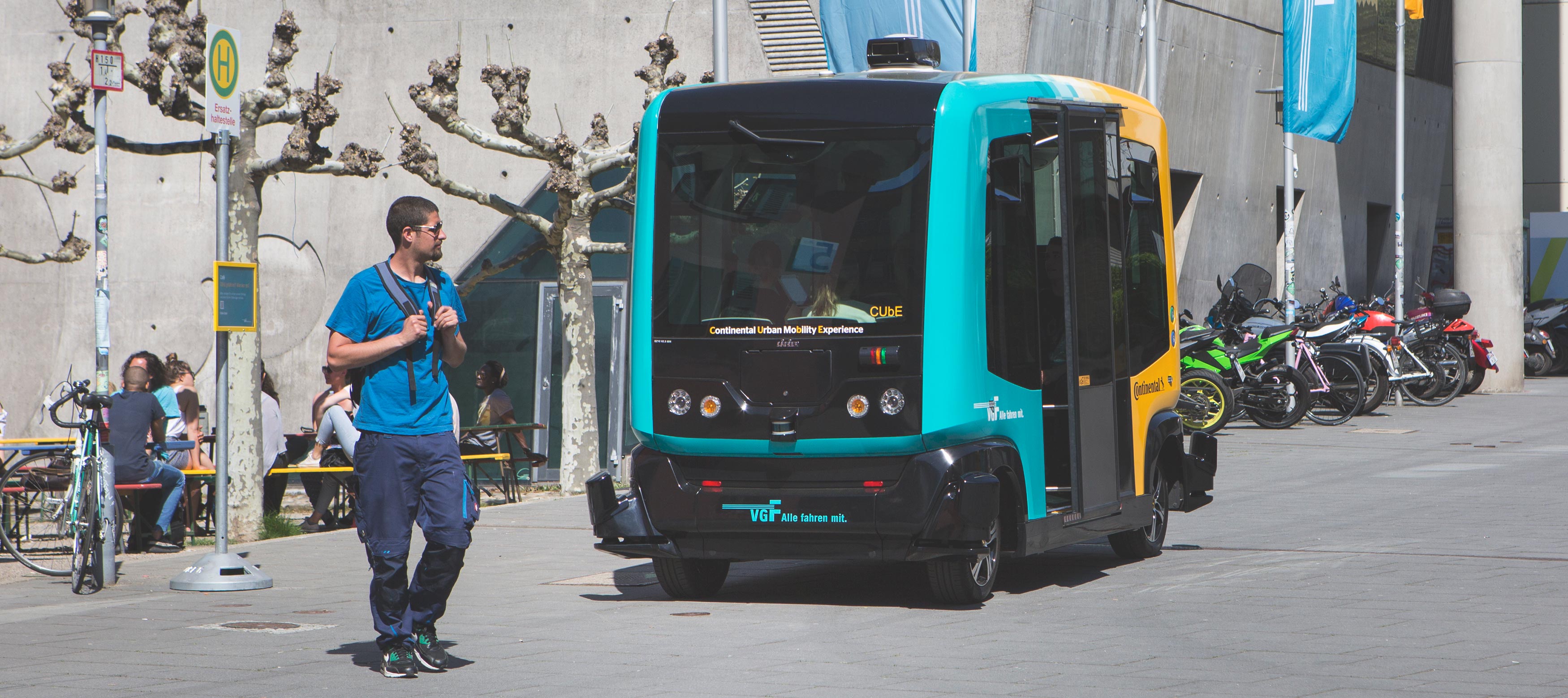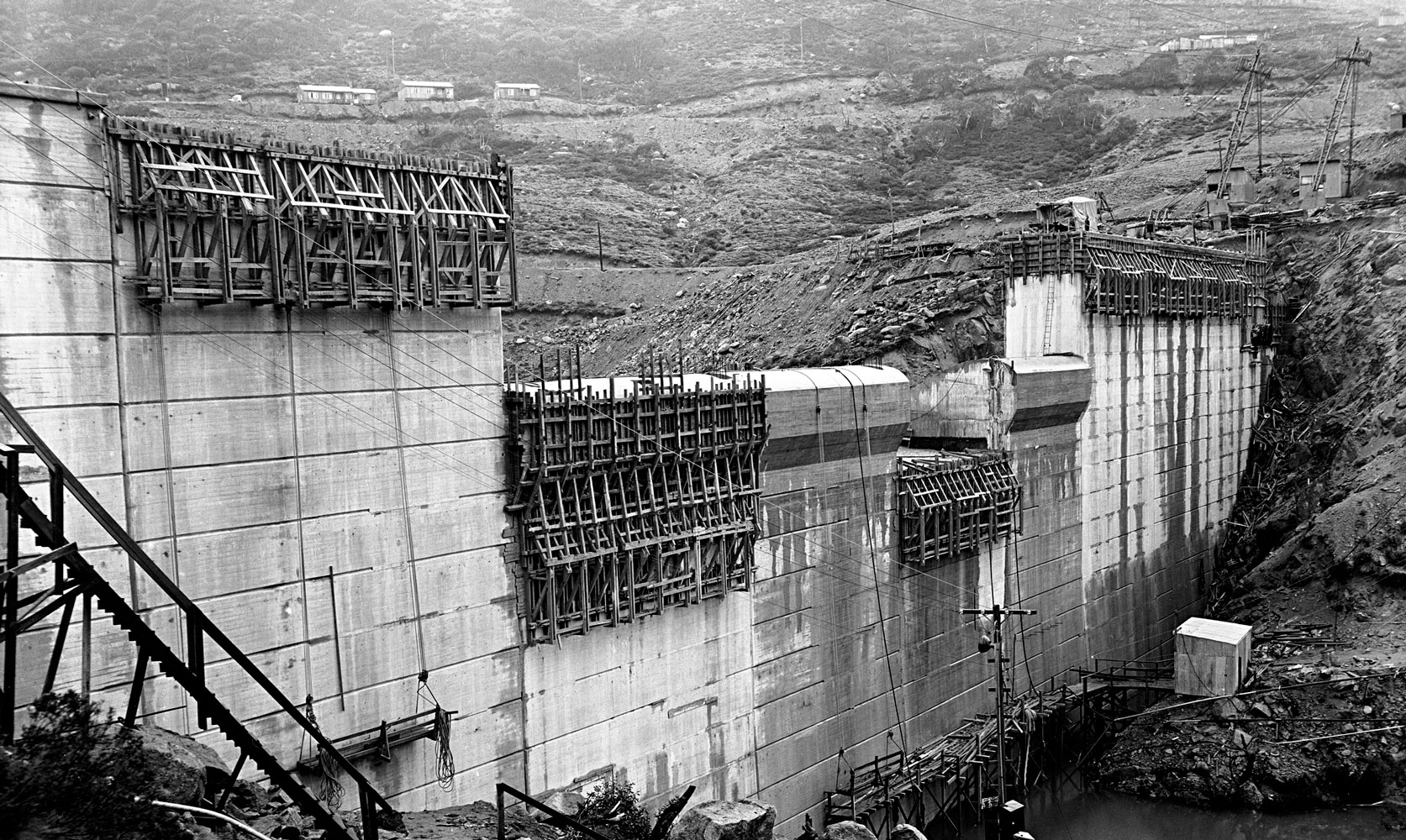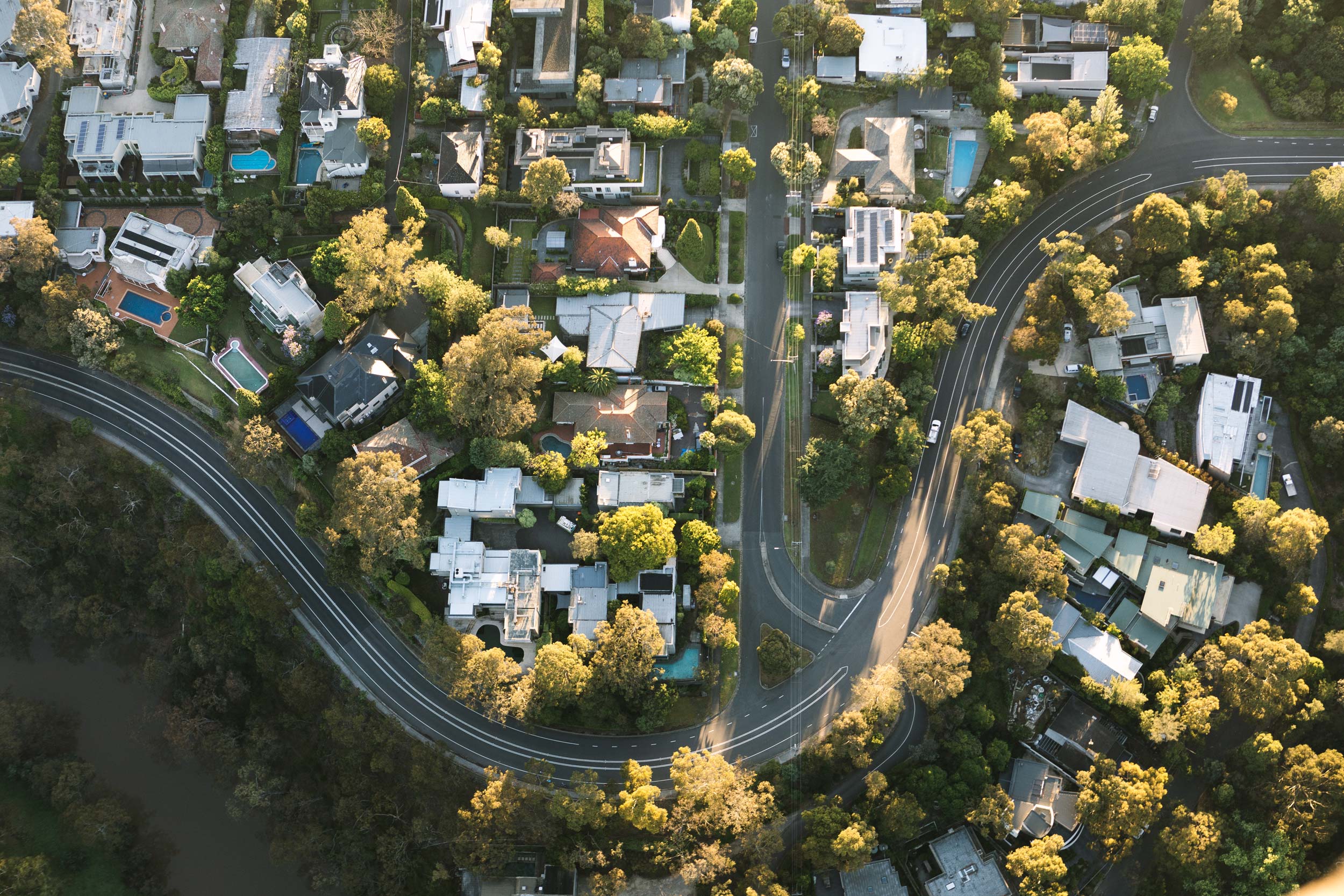

The road is not only of a very high geometric standard with an excellent riding quality, it has also created opportunities for locals and visitors alike to experience southern Namibia’s beautiful landscape.
Tenacity and engineering smarts help overcome challenges
Having overcome the initial challenges and landed in a “Design under Construction” situation, SMEC’s site team proceeded to finalise the design so that a fixed programme and proper planning could be attached, enabling the Contractor to optimise the type and quantity of equipment required. The construction programme having been brought forward by more than a year caused some disruption to staff allocations, but a full and competent team was put together and with a cooperative Contractor the road was successfully completed after 41 months. In August 2017, the road was opened by the president of Namibia.
Namibia had long needed road infrastructure between the town of Oranjemund in the far south and the rest of the country. SMEC are proud to have been part of making this happen for the Namibian people and the thousands who visit each year in awe of the country’s rugged beauty.

The history of this challenging site
Since its establishment in 1938 as a private town for mine employees, residents of Oranjemund who wished to travel to the rest of Namibia were all but obliged to route through neighbouring South Africa, a 300km detour across the Orange River through Port Nolloth, Steinkopf, Vioolsdrif and back across the same river to the B1 at Noordoewer. This made traveling between Oranjemund and anywhere else in the country significantly more difficult.
Following pre-feasibility and feasibility studies undertaken by SMEC prior to 2000, the Namibian Government decided that a bitumen road linking the national road network between Oranjemund and Lüderitz would not suit the mining operations at Rosh Pinah and Skorpion, the world’s eighth largest zinc mine. It also decided that a road via Lüderitz would isolate the mine road which had by this time been proclaimed public although still under the auspices of the mine owner, Namdeb.
A subsequent study investigating a direct cross-desert link between Oranjemund and Rosh Pinah, to avoid travelling through the diamond mining deposits along the Orange River, once again favoured the upgrade of the existing Namdeb mine road along the north bank rather than the construction of a new route. The rationale highlighted the difficulties in crossing the high sand dunes and mountainous parts of the pristine Namib environment, the environmental damage and the fact that diamond mining in the area would one day be phased out, leaving the country to maintain the existing gravel road in addition to any new bitumen one.

Delivering tangible outcomes for the Namibian people
After overcoming these project challenges, the upgrade of the 99-kilometre “river route” to a bitumen surface is now complete and as a result the southern part of the Namib Desert has become much more accessible. Time and travel costs for the residents of Oranjemund have been reduced and opportunities created for tourism growth. The road is not only of a very high geometric standard with an excellent riding quality, it has also created opportunities for locals and visitors alike to experience southern Namibia’s beautiful landscape.
Related
insights
 70 Years Forward: A fork in the road
70 Years Forward: A fork in the road
Engineers need to be thinking about how to cater for a new wave of transportation that’s coming to our roads: autonomous cars. David Freer, Technical Principal Transport Planning, explains why it’s not as far off as we think, and why we need to be future-proofing our roads.
 Two generations of Snowy Mountains engineering
Two generations of Snowy Mountains engineering
Dad passed away before I started my job here at SMEC, but I know he would have been pleased to see one of his children following in his footsteps.






